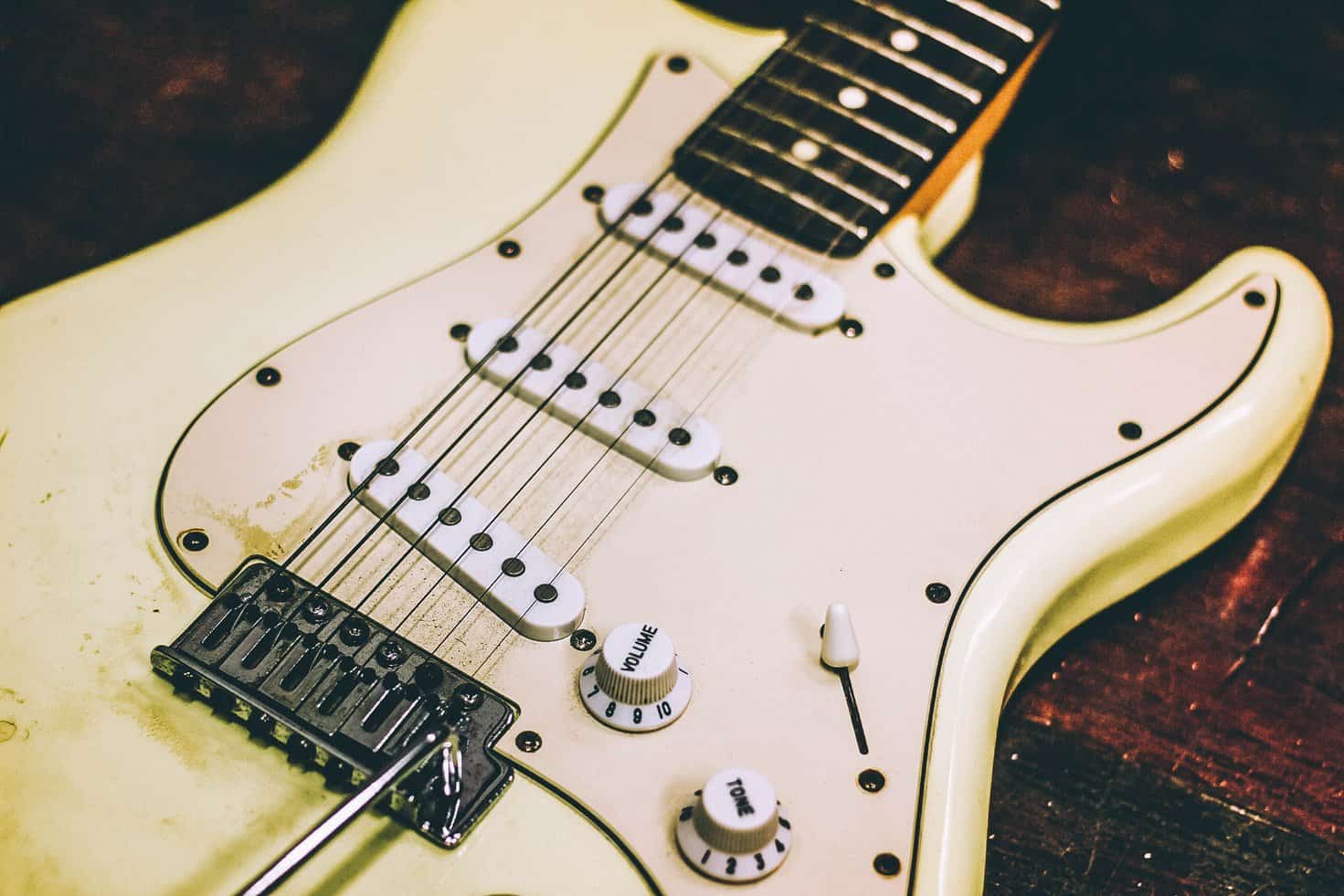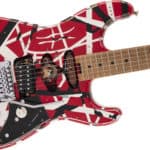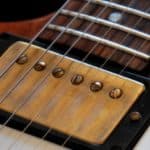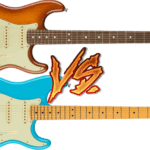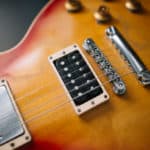Pickups are one of the most talked-about features of electric guitars.
Perhaps it is because they are what makes a guitar “electric”, and that’s natural, but I know there’s also a lot of mysticism about how big is the influence on the final sound.
Some claim that pickups are the only thing that matters, others say that they matter but only partially.
I am among the latter group.
But apart from the core nature and utility of pickups, there’s also the argument about how many do you need.
And about this topic, the matter is also polarized.
Between single pickup maximalists to multi pickup militants, the discussions are heated.
But are more pickups on a guitar actually better? Here’s a short answer:
Having multiple pickups on an electric guitar will add versatility to its sound. Different pickup positions and types act as different EQ configurations for the final tone. Combining these options broadens the possibilities even more. However, having too many alternatives could be counterproductive.
In this article, I will try to share my thoughts about why in some cases more pickups could be a great alternative, and why on other occasions, it could be a disadvantage.
After leaving this page you will have a clearer idea about what’s better for you, based on the different tones you want to achieve with your instrument.
Are you ready to get started?
Let’s go!
Why do electric guitars have multiple pickups?
Electric guitars, most commonly have multiple pickups to allow for different tonal alternatives.
As you might know, the position, type, wiring, and many other factors that affect or define a guitar pickup will have a definitive impact on how it sounds.
Placing multiple pickups on a guitar’s body is the natural way of achieving alternative sounds at the flick of a switch.
Pickup position, to give you an example, can make the instrument sound thinner or fuller, with more treble or more bass-heavy.
This is because strings vibrate slightly differently along their longitude.
As with a microphone, pickups located in varying spots of a string’s length will receive different versions of its sound.
Is having multiple pickups in your guitar better?
Having multiple pickups in your guitar will undoubtedly make it a more versatile instrument, allowing you to have sounds of a different character at your disposal easily.
However, too many options might be overwhelming for some players.
As more complex pickup configurations and guitar electronics get, the more likely is that you end up sticking with 1, 2, or even 3 sounds that do the job for you and barely touching any others.
That’s normal and even expected, especially when playing live.
Extremely versatile guitars might work better for session musicians on studio recordings, where having an alternative sound always pays off even after having to tweak switches and knobs for 10 minutes before finding it.
Is it better to have different types of pickups combined?
Apart from position, I think type of pickup is one of the most defining factors of how a pickup can shape the sound of a guitar.
Of course, having different types of pickups in the same instrument will surely provide you with a broader palette of sonic colors to paint with.
However, getting to know which type of pickup works better in which position for you might take some time, and some trying of different guitars.
Also, there’s the issue of different types of pickups having big output disparities.
A humbucker will sound louder than a single coil in most cases, and that disconnection, when switching, might make you feel like there are 2 completely different guitars in your hands.
Although versatility is nice to have, I’d rather go for a cohesive set of tones than for an eclectic mismatch of sounds and volumes.
The case for guitars with multiple pickups of the same kind
Having multiple pickups of the same kind will provide you a homogeneous tonal quality when switching among them, but still provide you with different takes on the tone because of their alternative positions.
This is the go-to for many of the most popular guitar models, from the Strat to the Les Paul.
I would consider this the standard, and probably the better way around.
A guitar with this sort of configuration will have a connected sound, capable of playing different genres and roles in a band.
Why would you want a guitar with fewer pickups?
Many players prefer guitars with fewer pickups to avoid having to deal with that many choices at the moment of playing.
Again, particularly for gigging musicians, having to flick 3 switches to achieve a particular sound is a chore.
Fewer pickups mean fewer options, and simplicity is king for performers.
The constraint of having fewer alternatives can boost creativity, and also get you to know your instrument better.
On the extreme, the edge scenario of having a single pickup has many adepts because of the belief that the magnetic properties that make pickups work might also subtract from the tone of the string.
I have written a complete article about this topic, you can find it here:
How many pickups should a beginner’s guitar have?
For beginners, my recommendation is that they get a guitar with 2 pickups or a Strat-style one with 3 pickups.
Learning how to use the pickup switch, as well as how its different positions sound is central for developing your electric guitar skills.
This is particularly true for those coming from the acoustic or classical guitar.

Hello there, my name is Ramiro and I’ve been playing guitar for almost 20 years. I’m obsessed with everything gear-related and I thought it might be worth sharing it. From guitars, pedals, amps, and synths to studio gear and production tips, I hope you find what I post here useful, and I’ll try my best to keep it entertaining also.

